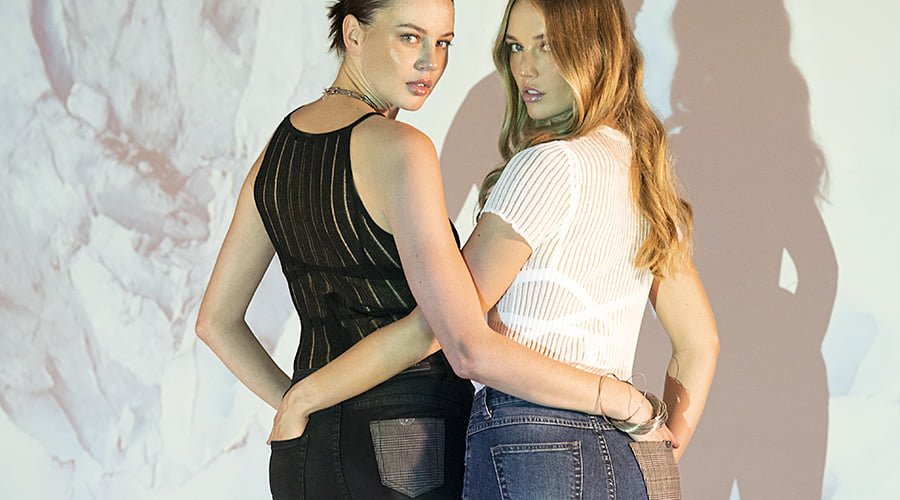Black goes well with everything, white is delicate, coats want neutral colours, t-shirts can have any print if you wear them with jeans. But is it really so? These are a set of universally known rules in fashion and, it must be said, also always valid. A bit of the abc of colour matching, which can suit every person and every occasion. This, however, means that it is also a bit too banal….
In short, those who love the world of fashion, who care about having a personal style and getting noticed, or at least not lapsing into the ordinary, knowing how to match clothes according to colour is a skill they should invest some time in. There are directions to follow and, perhaps more importantly, choices best avoided. Here, then, is a guide on how to choose colours when bringing your outfit to life.
Perfect colour matching: what never to do
If you are a beginner in any field, a good first step is not to make mistakes, at least not the grossest ones. Let us therefore start with these basic indications:
- Avoid combining two primary colours (red, green and blue) or two secondary colours (those resulting from mixing the first, such as orange, purple or green)
- Do not combine more than three colours, following the less is more rule
- Beware of shades of the same colour: yes if they are sharp, like two very different blues, no if they are too similar. The risk is that one of them just looks faded.
Suggested pairings
To create a well-balanced outfit, it is ideal to start with one main colour, which will be the dominant colour. Do you have a bright red jumper or a bright blue skirt? Start with that garment and choose the others and accessories accordingly, according to the directions below. The main colour and ideal colours to match are indicated:
- Red: blue, grey, cream, white.
- Light blue: blue, brown, pink, cream, beige, white
- Brown: pink, salmon pink, purple, orange, dark green, teal, light blue, soft yellow
- Orange: soft yellow, grey, brown, dark green, cream
- Beige: light blue, dark green, cream, pink, plum purple, brown
- Blue: red, soft yellow, fuchsia, pink, salmon pink, light blue, teal, soft yellow, grey, lilac, cream, beige
- Dark green: salmon pink, pink, cream, orange, brown, beige
- Grey: red, soft yellow, orange, light green, dark green, lilac, pink, magenta, light blue, sky blue, blue
- Purple: dark green, grey, cream, beige
- Lilac: grey, blue
- Water green: brown, beige, blue, cream
- Pink: dark green, blue, beige, brown, cream, grey
Always remember not to combine more than three colours and, above all, apply discretion. Saying blue, grey and red means everything and nothing: always pay attention to shades and tones to assess whether those two garments really harmonise.
The basic colours: white, black, denim
In the list of combinations we have left aside the basic colours, the ones that are said to go with everything. In fact, they solve many problems and can be used as a bit of a wild card, with a few tricks. Denim – which technically means canvas but by transposition also the classic colour of jeans – can be combined with everything, even if it is not ideal put with black. Surely almost all of us have that black top in our wardrobe that we like to match with jeans: of course it is not forbidden, but we must consider that the denim is not too dark or the final effect will be dull.
As for white, it may surprise you to know that the combination with black is not the best there is. Obviously it is used, but it is a strong contrast that needs to be harmonised perhaps with accessories (always without exaggerating the differences in hues, as already mentioned). Black/white is a classic for the office or for an elegant formal dress, but when it comes to other garments use it sparingly. The colour white should also be avoided with grey and beige, unless one is looking for a truly neutral outfit.
Finally, the ubiquitous black. Apart from what has already been said about denim and white, it is best to avoid it with grey (high risk of having two shades that are too similar) and with blue (for the same reasons as mentioned for denim).
Take all the rules, match them to your clothes, add personal taste and a touch of your own style, and you have the right outfit for every occasion.

